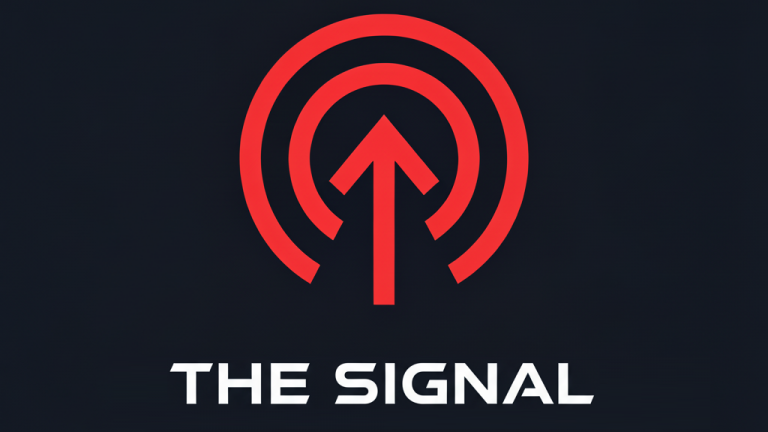NVIDIA Reports Record Q2 Earnings, Yet Stock Falters on Sky-High Expectations
<ins>Despite another quarter of record-breaking revenue and profits that surpassed Wall Street forecasts, NVIDIA Corporation’s (NVDA) stock saw a modest decline in after-hours trading following its latest earnings announcement. This counterintuitive market reaction underscores the immense pressure on the AI chipmaker, where even stellar results can fall short of perfection in the eyes of some investors.</ins>
NVIDIA announced its financial results for the second quarter of fiscal year 2026, which ended July 27, 2025, revealing another period of explosive growth fueled by the artificial intelligence boom.
Stellar Financial Performance
The company reported record quarterly revenue of $46.7 billion, a 56% increase from the same quarter in the previous year. This figure narrowly surpassed the consensus analyst forecast of approximately $46.1 billion. Non-GAAP earnings per share (EPS) came in at $1.05, beating the consensus estimate of $1.01.
The Data Center segment remained the primary engine of growth, posting revenue of $41.1 billion, up 56% year-over-year. NVIDIA highlighted the strong demand for and continued ramp-up of its next-generation “Blackwell” GPU platform, which is critical for training and deploying advanced AI models.
Growth was robust across other divisions as well. The Gaming segment reported revenue of $4.3 billion, a 49% increase from the prior year. The Professional Visualization and Automotive segments also posted significant year-over-year revenue increases of 32% and 69%, respectively.
Looking ahead, NVIDIA provided strong guidance for the third quarter of fiscal 2026, forecasting revenue of approximately $54.0 billion, a figure that is comfortably above most analyst expectations. In a move to boost shareholder value, the company also announced an additional $60 billion in share repurchase authorization.
Why It Matters: Decoding the Market’s Reaction
Despite the objectively strong report, the stock’s dip highlights a classic market phenomenon where a company’s share price can fall even after positive news. Market analysis points to several key factors:
- Astronomical Expectations: NVIDIA’s monumental stock run-up over the past year has led investors to price in not just a great quarter, but a perfect one. When performance is already anticipated to be outstanding, simply meeting or slightly beating those lofty expectations may not be enough to propel the stock higher.
- “Selling the News”: The decline is characteristic of a “buy the rumor, sell the news” scenario. Many traders purchase a stock in anticipation of a positive event, such as a strong earnings report, and then sell it once the news becomes public to lock in profits, regardless of the outcome.
- Concerns Over Growth Moderation: While year-over-year growth remains formidable, the rate of that growth has begun to taper off compared to the triple-digit increases seen in previous quarters. Some investors may be looking ahead and questioning if the period of hyper-growth is beginning to moderate.
- Broader Market Sentiment: The reaction cannot be viewed in isolation. Wider market concerns, including worries about a potential “AI bubble” and the impact of ongoing trade discussions, likely contributed to a more cautious investor sentiment. A recent selloff in other major technology stocks may have also dampened enthusiasm.
In essence, the slight drop in NVIDIA’s stock is less a reflection of poor performance and more a consequence of a market that had already priced in an exceptional outcome, combined with routine profit-taking and broader economic anxieties.



















